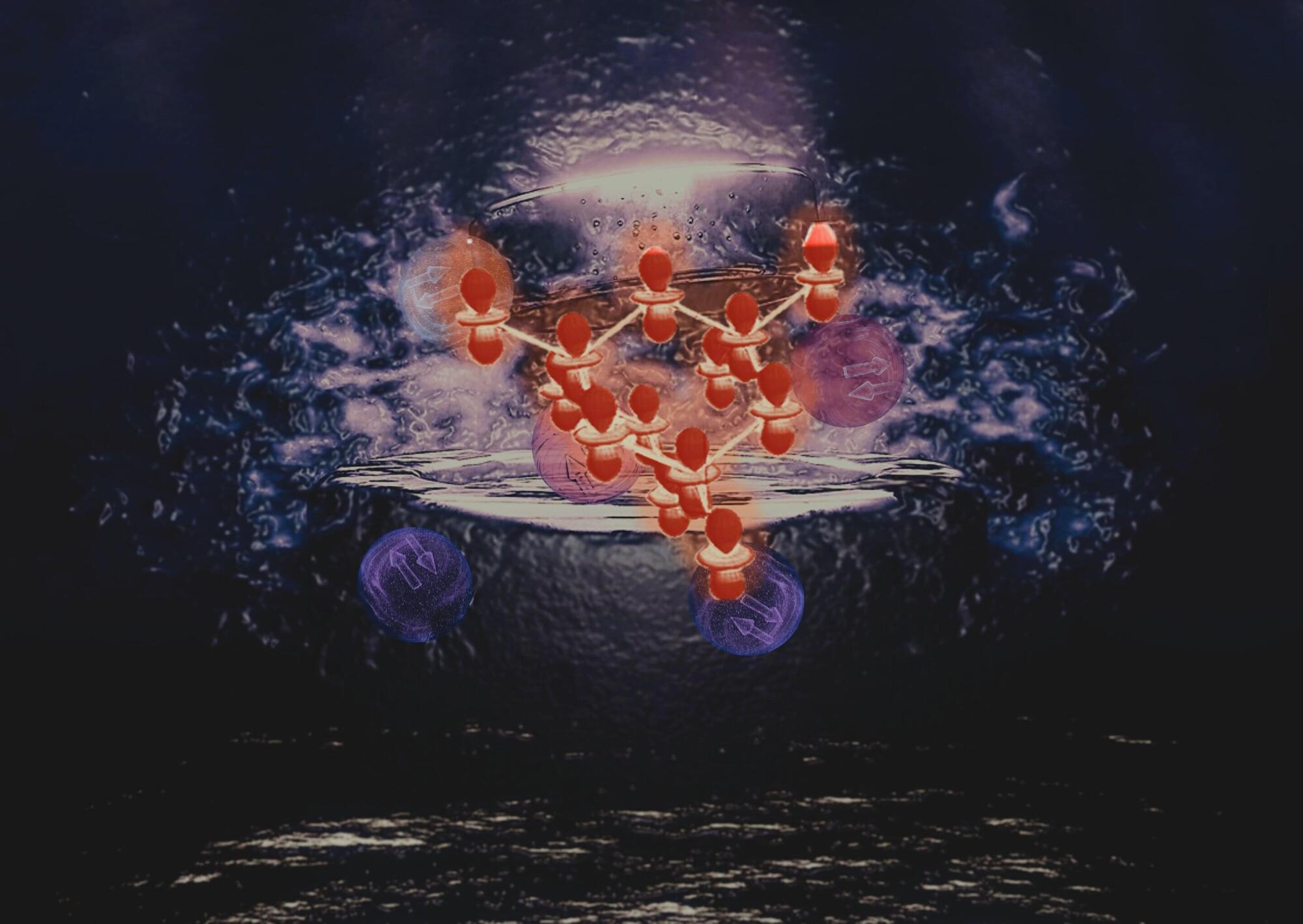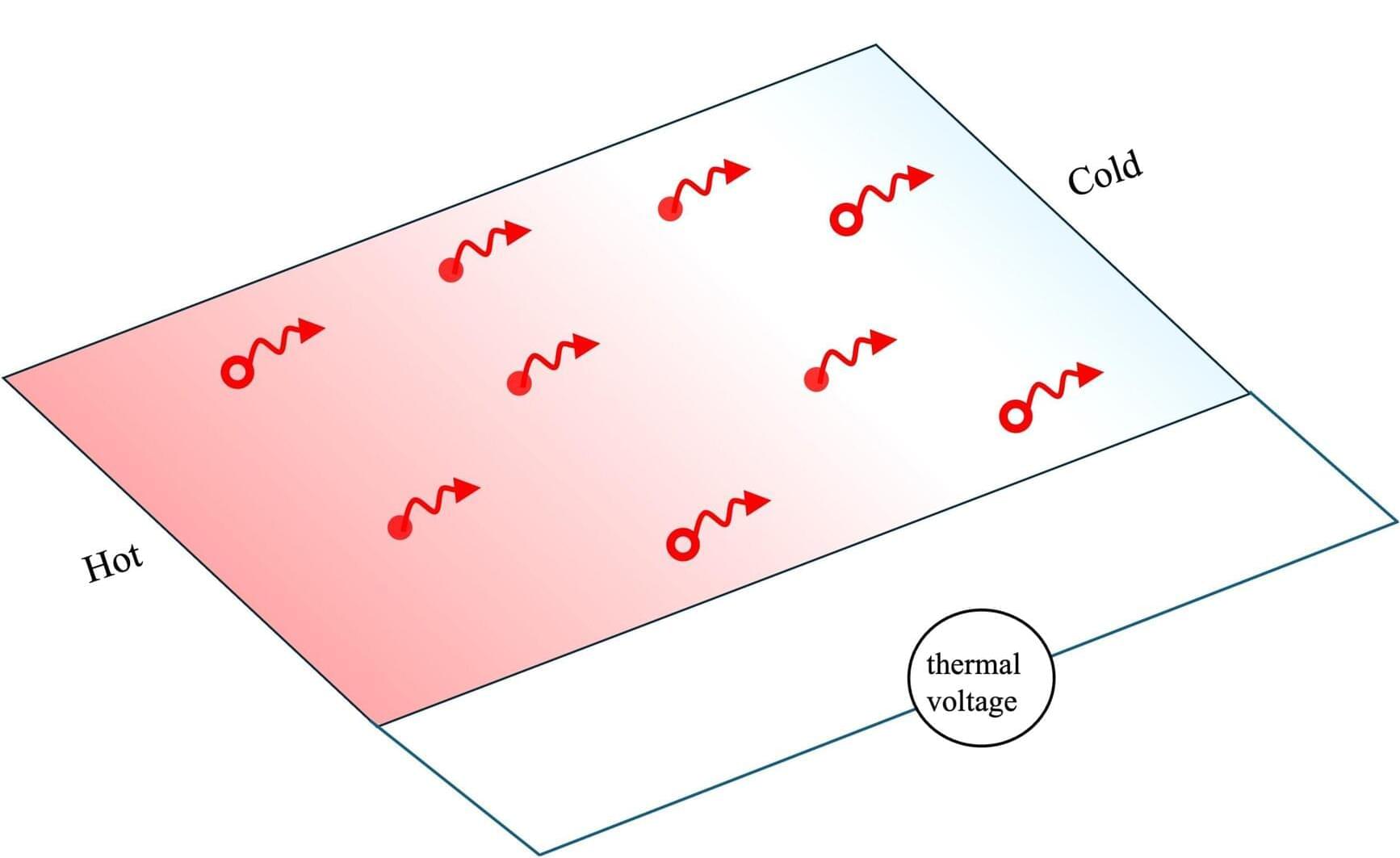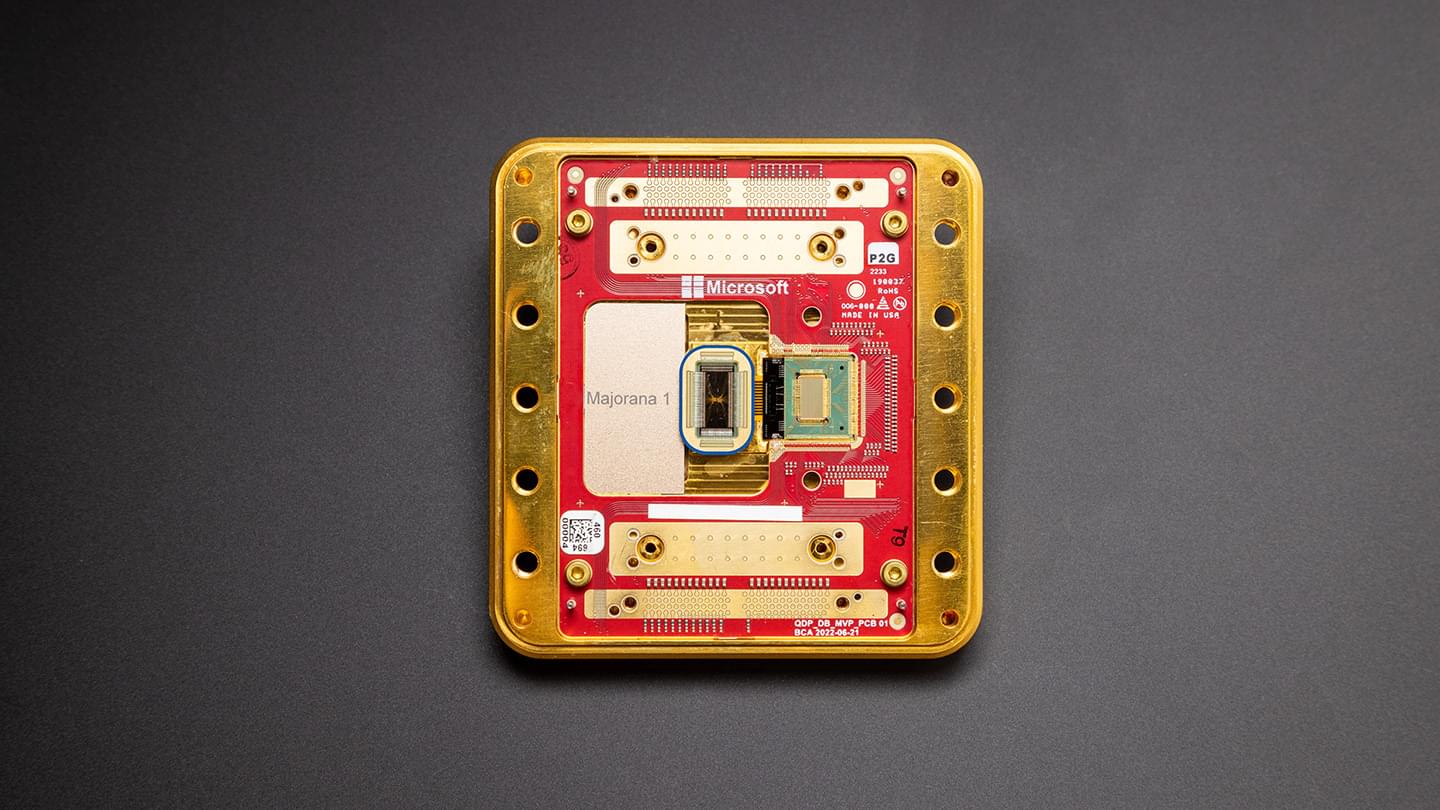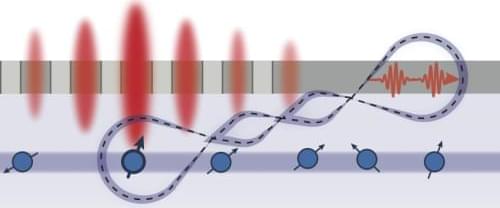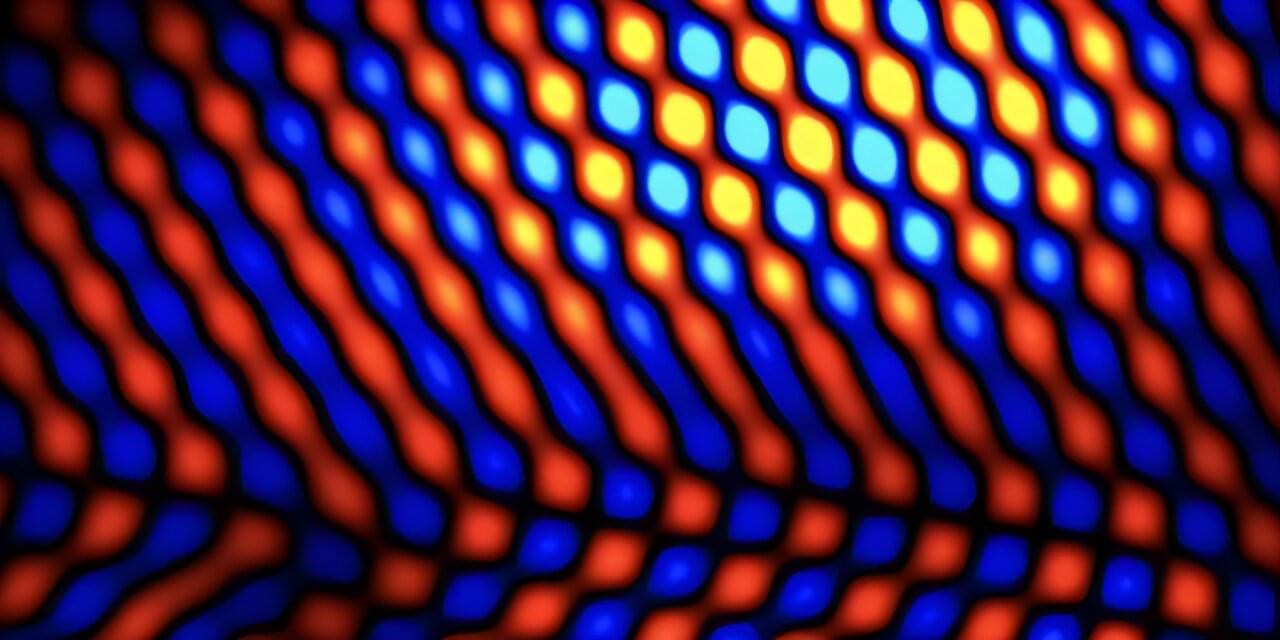Jacob Barandes, physicist and philosopher of science at Harvard University, talks about realism vs. anti-realism, Humeanism, primitivism, quantum physics, Hilbert spaces, quantum decoherence, measurement problem, Wigner’s Friend thought experiment, philosophy of physics, the quantum-stochastic correspondence and indivisible stochastic processes.
Jacob: https://www.jacobbarandes.com/
SUPPORT:
Patreon: / knowtime.
Anchor: https://anchor.fm/knowtime/support.
Youtube Membership: / @knowtime.
PODCAST:
Anchor: https://anchor.fm/knowtime.
Spotify: https://open.spotify.com/show/2CjRJPktODLDeHavCNDLGA
Apple Podcasts: https://podcasts.apple.com/us/podcast/know-time/id1535371851?uo=4
CONNECT:
Instagram: https://www.instagram.com/knowtimetofly/
Instagram (Personal): https://www.instagram.com/shalajlawania/
Twitter: https://twitter.com/knowtimetofly.
Twitter (Personal): https://twitter.com/shalajlawania.
Facebook: https://www.facebook.com/knowtimetofly.
Blog: http://www.sadisticshalpy.com/
Hosted & produced by: shalaj lawania.

